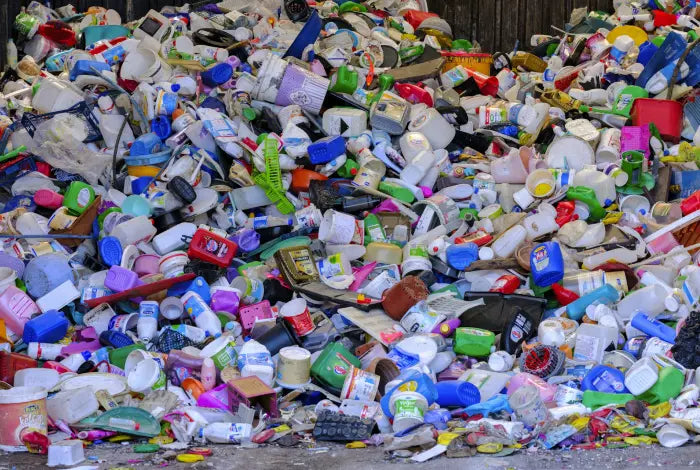In recent decades, consumer habits have increasingly favored liquid soap, often perceived as more practical and hygienic.
A survey found that 99% of Italians use soap for hand hygiene, with a strong preference for liquid soap (87%) over traditional bar soap (32%).
However, it's crucial to assess the environmental impact of this choice and consider more sustainable alternatives.
Environmental Impact of Liquid Soap
One of the lesser-known aspects of using liquid soap is its environmental impact. Production requires more water and energy than bar soap, and packaging is typically made of single-use plastic, which has a low recycling rate. According to a study by the European Environment Agency, only 42% of plastic packaging is actually recycled.
Additionally, liquid soap has a higher carbon footprint than solid soap. A study by the University of Manchester found that the carbon footprint of a bottle of liquid soap is up to 25% higher than that of a bar of soap due to production, transportation, and disposal costs.
Environmental Benefits of Solid Soap
Solid soap, on the other hand, has a significantly lower environmental impact. Bars of soap are often packaged in recyclable paper or cardboard and typically last 30-50% longer than liquid soap, reducing the amount of product used over time. Additionally, many artisanal bar soaps contain biodegradable ingredients free of harmful chemicals
According to a report by Zero Waste Europe, if every European household switched from liquid soap to solid soap, it could save tons of plastic per year.

Efficiency and Practicality
In terms of efficiency, solid soap is more concentrated, requiring less product to achieve the same cleansing effect.
Moreover, since it does not contain water, it does not require chemical preservatives to prevent bacterial growth, unlike many liquid formulations.
A study published in Environmental Science & Technology found that solid soaps reduce CO₂ emissions related to packaging and transportation compared to liquid soaps.

Conclusion
In terms of efficiency, solid soap is more concentrated, requiring less product to achieve the same cleansing effect.
Moreover, since it does not contain water, it does not require chemical preservatives to prevent bacterial growth, unlike many liquid formulations.
A study published in Environmental Science & Technology found that solid soaps reduce CO₂ emissions related to packaging and transportation compared to liquid soaps.
References
https://www.ilsole24ore.com/art/igiene-mani-due-italiani-tre-e-diventata-piu-importante-il-covid-AEYFN4PD
https://www.eea.europa.eu/it/highlights/la-plastica-un-motivo-di
https://www.albogroupitaly.com/it/news/quali-sono-differenze-sapone-liquido-solido/
https://zerowasteeurope.eu/library/the-landfill-target-may-work-against-the-circular-economy/
https://style.corriere.it/benessere/trattamenti/saponi-solidi-sostenibilita/



